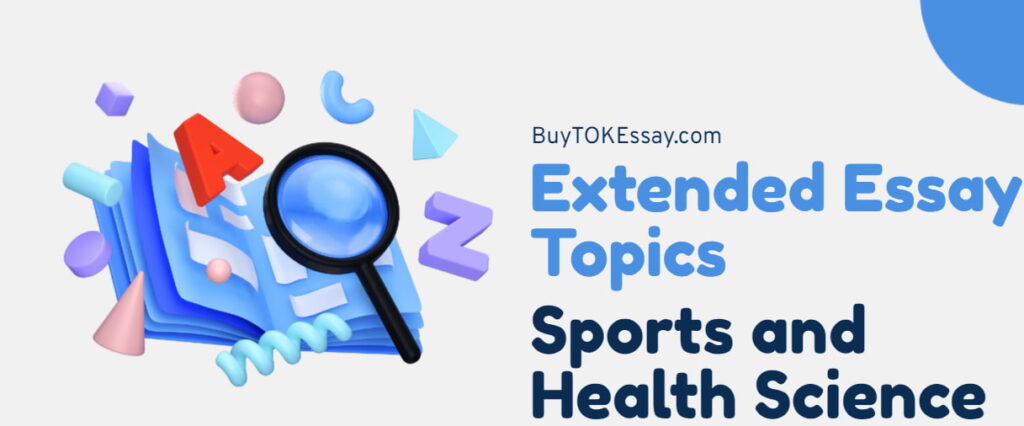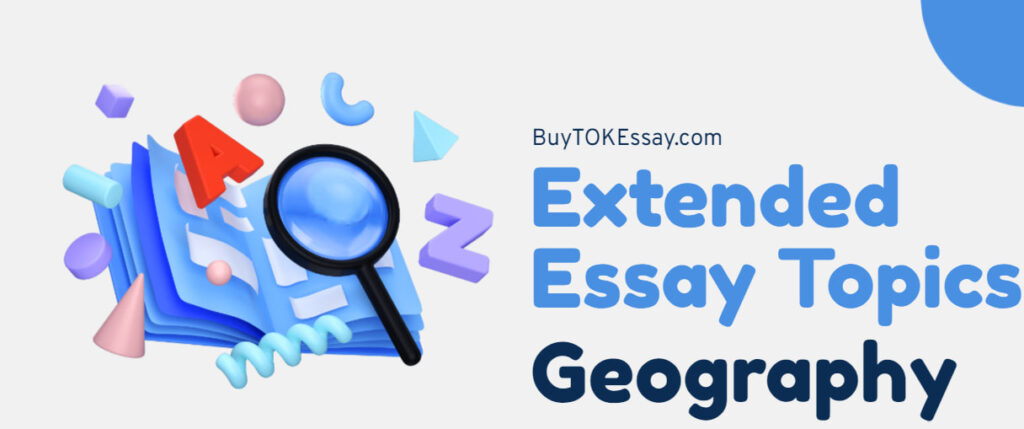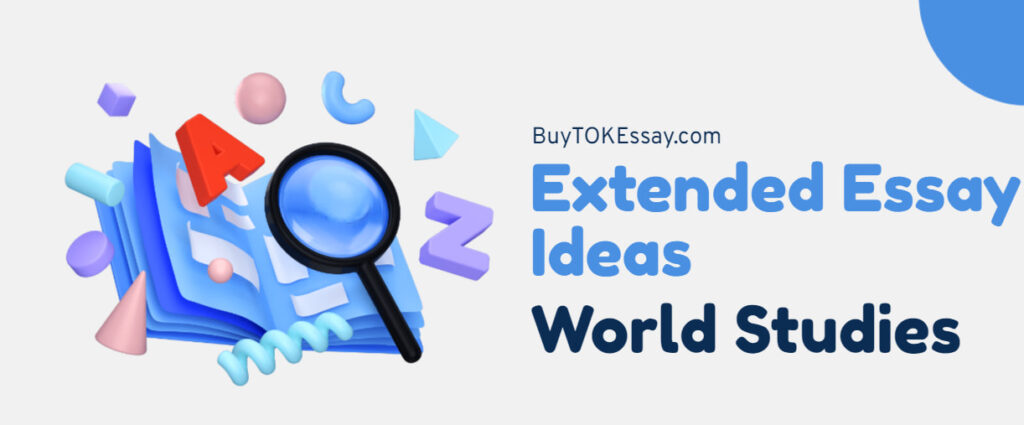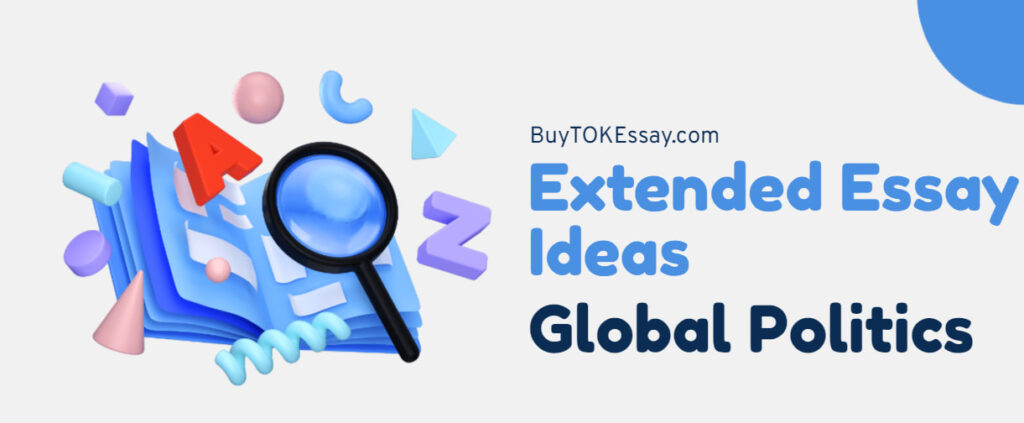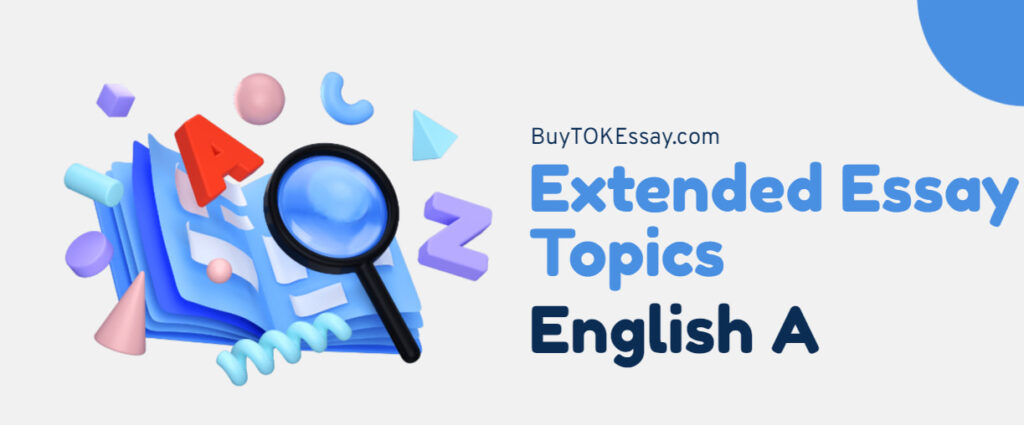When the phrase “EE RPPF” appears on your extended essay assignment, you’ve undoubtedly wondered, “What now?” Allow me to relieve some of your worry and time. I’ll go over what EE RPPF is and how to write it in this post, but I’ll do it from the viewpoint of someone who has successfully helped hundreds of students. I’ve seen firsthand how a well-written Reflections on Planning and Progress Form can significantly impact both your final score and your comprehension of the EE writing process as a whole.
Together, we can make it efficient, manageable, and even fun. 😉
What Is the EE RPPF?
The Reflections on Planning and Progress Form is known as the EE RPPF in IB terminology. It’s a part of your extended essay that explains how you came up with your ideas. Three distinct reflection entries—one at the start, one in the middle, and one at the end—are included in the RPPF and are written at certain points in your EE timeline. Together with your essay, these reflections form the topic of conversation during your Viva Voce, the last interview you’ll have with your supervisor once the essay is finished.
I can state that many IB students see the RPPF as an afterthought because of my years of experience helping them. It’s a mistake. There is a real chance to get up to six points in Criterion E: Engagement. And every point counts if you want to get an A.
More significantly, this criterion assesses your research methodology rather than the substance of your essay. It emphasizes the depth of your reflection on your academic choices, the formulation of your research subject, and your level of personal involvement throughout the writing process.
By typical IB standards, “engagement” refers to more than simply work. Showing that you were thinking critically, adjusting to obstacles, and growing intellectually as you went through your issue is more critical than just finishing an essay.
To put it another way, this is your opportunity to demonstrate to your examiner that you are not only a student who follows directions but also an inquisitive thinker, an autonomous learner, and someone who really takes responsibility for their work. Because of this, a strong EE RPPF may help you win, particularly if your essay is in the middle of a grade band.
So, the RPPF is not just a form that you need to fill out. It’s a place where your voice, thoughts, and growth are the most important things.
When and How Do You Write the EE RPPF?
You can change and improve most parts of the extended essay until the final filing. But the Reflections on Planning and Progress Form needs to be written while you are working on the project. So, don’t wait until the end and try to remember everything afterward. The quality of your reflections often rests on how well you can capture your thoughts at the time they happened. When you write it after everything else is done, the entries are usually hazy, generic, and easy to forget. That’s the exact thing you want to avoid.
Three separate entries make up the EE RPPF:
- Once your idea and study question have been accepted, you can finish the initial reflection.
- Writing an interim reflection comes after you’ve done most of your study and begun writing.
- Final reflection is what you write after turning in your last draft and right before your Viva Voce interview.
For each entry, the word count should be around 150, which might not seem like much at first. But short doesn’t always mean easy, in my experience. In fact, these 150 words are some of the most intellectually brief and personally open parts of the whole EE. They must be important to you.
So, how should you go about writing them? First, keep in mind that each reflection is not a list of things you did, but a comment on how you thought about them. “Explain what you thought, what you questioned, and what you learned—don’t just list what you did,” I constantly advise my students.
It’s also important to write in your unique style. The IB examiners want to see proof of identity, so write about your worries if you had them. Say what shocked you or changed the way you see things.

What Should You Include in Each EE RPPF Entry?
In your EE RPPF, each of the three entries has a clear and specific purpose. I’ve seen that students’ work gets better when they take the time to understand what each stage is really asking of them.
Let’s look at the right way to do each one.
Initial Reflection – Planning and Curiosity
After your research topic has been accepted and you are formally beginning your EE, you write the first reflection. Your primary objective at this stage is to consider how you made your decisions:
- Why this subject?
- What caught your attention?
- How was the research question developed?
Try sharing your thought process naturally instead of summarizing a set of steps. Did a class debate, for instance, suddenly inspire you to research this topic further? Or maybe you came across opposing viewpoints in two sources and saw that further research was necessary.
Talk about any early challenges you encountered as well. Many students find it difficult to correctly formulate their research question or to focus on a single issue. That’s quite OK; in fact, the IB values it when you demonstrate that type of progress and struggle. An effective entry may sound like:
"I decided I wanted to look into behavioral therapy's long-term impact on teenagers after reading a case study on the subject. However, it took me many weeks to study journal papers and consult with my EE supervisor to narrow the focus."
If you’re still working on this part, check our guide to writing an EE proposal — it breaks down how to turn your ideas into a clear and focused starting point.
Interim Reflection – Progress and Change
After you’ve completed most of your research and begun writing your essay, write the interim reflection. This is often the most significant development as it demonstrates how you have engaged with your subject—how you have addressed surprising findings, gaps in your sources, or changes in viewpoint.
Here, concentrate on the development of your concepts. After you started writing, did your argument change course? Did a source alter your understanding of the problem? These types of revelations highlight your critical thinking and flexibility, two qualities that are crucial for academic work.
At one point, one of my students wrote:
"My original plan was to contrast the political philosophies of the two writers. But I found that concentrating just on Orwell's texts provided me more depth and clarity."
That one phrase conveyed adaptability, self-awareness, and a readiness to reconsider the strategy in favor of more thorough examination.
Talk about how you overcame obstacles as well. Did you find it difficult to arrange your sources? Did you need to rethink your argument because of any gaps in your research? The purpose of the EE RPPF is to give your entry a feeling of genuine progress, which may be achieved by demonstrating how you overcome these obstacles.

Need Help with Your IB Extended Essay?
Whether starting from scratch or fine-tuning your existing assignment to meet your supervisor’s demands, the BuyTOKEssay.com team is here to make your dream of a perfect paper a reality. Just buy an extended essay from our IB experts and say goodbye to writer’s block!
Final Reflection – Evaluation and Growth
The last step involves taking a mature and unbiased look back at the whole writing and researching process. Your goal should be to show how the event influenced your learning style and academic growth.
You have the advantage of hindsight since you have already sent in your final draft at this stage. What did the EE teach you about yourself as a researcher and thinker, in addition to the subject matter? Consider the particular abilities you acquired, such as self-discipline, academic writing, critical reading, time management, and source synthesis. As long as you support each of these statements with concrete examples, they are all acceptable to present.
For example:
"This process taught me how to manage academic deadlines more independently than in any previous assignment and synthesize conflicting viewpoints."
Your engagement comes to life on paper with a statement like this. Think about what you could do differently the next time, too. Would you begin your investigation sooner? Take extra time to craft your query. Take notes using a different technique? These reflections demonstrate that you’re learning from the work rather than just doing it.
Final Checklist
Review this brief checklist before submitting your EE RPPF:
- Do the three reflections demonstrate personal development and involvement?
- Have you made a connection between your ideas and your research question?
- Is your writing succinct yet thoughtful, not a synopsis?
- Have you adhered to the word limits?
- Have you checked each entry for grammar and clarity?
You’re in a wonderful spot if you answered “yes” to the majority of these questions.
In summary, this form is your opportunity to demonstrate to the IB that your extended essay was a process of both intellectual and personal development rather than just a paper writing. This is where students, in my view, really shine. Your reflections provide a unique chance to express yourself and show off your thought process.
Don’t worry if you’re still unclear or feel stuck while writing your EE RPPF; just get in touch with our professionals at BuyTOKEssay Service. Our exceptional staff of qualified writers offers EE writing assistance.

